Japan’s unique tradition of bottle keep, where your drink literally has your name on it
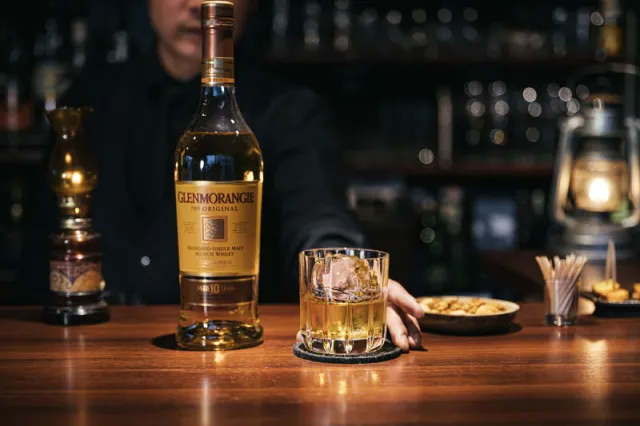
It started with bars, but now even family restaurants are getting in on the act.
Back when I was in college, I had developed the habit of swinging by a nearby coffee shop on my lunch breaks. Every time, without fail, I’d end up giving in and treating myself to one of their muffins—they were simply divine. It reached the point that I had gone so often that the lovely lady behind the counter no longer had to ask for my order. The moment she noticed me walking through the door, a muffin would magically appear on the counter. It was a small gesture, but it really made me feel like I was welcome there.
If you take that same gesture of being made to feel welcomed and valued, and replace muffins with alcohol, you’ve stumbled upon the Japanese system of “bottle keep”, where you get to have your own personal bottle of alcohol for whenever you drop by.
Japan has quite the diverse drinking culture and several establishments that are devoted to it. You have the casual izakaya, Japanese traditional pubs which focus on lively atmospheres, light drinks and snacks, and the Western-style bars for smaller gatherings or solo drinking, having mostly cocktails and spirits. There’s also the plentiful snack bars, usually run by a woman called a Mama-san, where you can chat with the staff in an intimate setting. Or you have the high-end host and hostess clubs, where you’re paying to interact with the staff while drinking. While not universal, a common theme among the different drinking venues is the bottle keep system. So, how exactly does it work?
▼ You can even dress up your bottle if you want to!
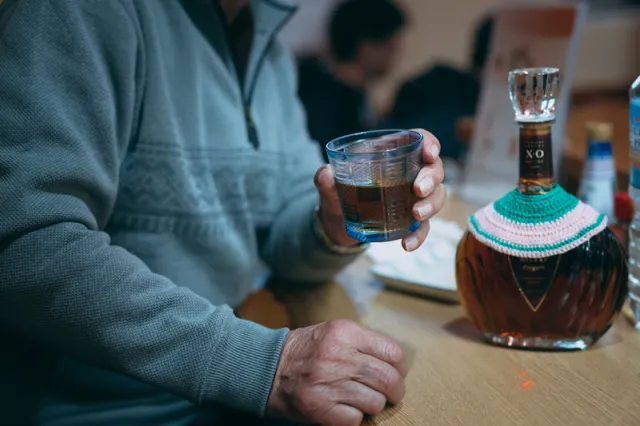
You can think of it like an annual pass to a theme park. Of course you’ll need to pay a larger fee upfront but, depending on how many times you use it, you end up getting a discount overall. For bottle keep, you first pay for the entire bottle, the bar will slap your name on it, and then stow it away for you to drink throughout your successive visits. Take a 25,000 yen (US$161.90) bottle of whiskey that has about 20 servings in it, for example. The store might charge 2,000 yen for a single glass. 20 servings would cost 40,000 yen, making for quite the savings. Sounds great, right? Although not every drink is eligible for such a system. The most common types of alcohol used for bottle keep are whiskey, brandy, and shochu (a Japanese distilled spirit). Wine, beer, and soft drinks aren’t suitable as the quality of the drink declines over time once opened.
I can’t think of many people who would turn their nose up at a discount, but there’s more to bottle keep than just saving a few pennies. It builds a sense of belonging. When you’re feeling exhausted at the end of the week and thinking of a place to unwind, are you going to try out somewhere new or head to the bar that literally has a liquor with your name on it?
With a bottle of your favorite alcohol stored away, you’re naturally more inclined to return to that specific drinking spot multiple times. It’s not going to drink itself, after all. With more regulars following suit, the store naturally turns into a welcoming home-away-from-home. Plus, it serves as free advertising for the establishment. When you’ve just come across a limited-edition Japanese whiskey and saved it with the bottle keep system, won’t you want to enjoy the envious glances of your friends and colleagues? Imagine how much of a VIP you’d feel when you walk through the door, the staff pull out your reserved bottle, and you generously offer a glass to your friends. They start desiring to be like you and begin visiting the place more often, creating a self-sustaining system where customers bring in new customers, with no extra on the store’s part.
Before you go squirreling away alcohol throughout bars nationwide, however, there are a few things to bear in mind.
▼ Having a bottle in each of these stores is just not going to work.
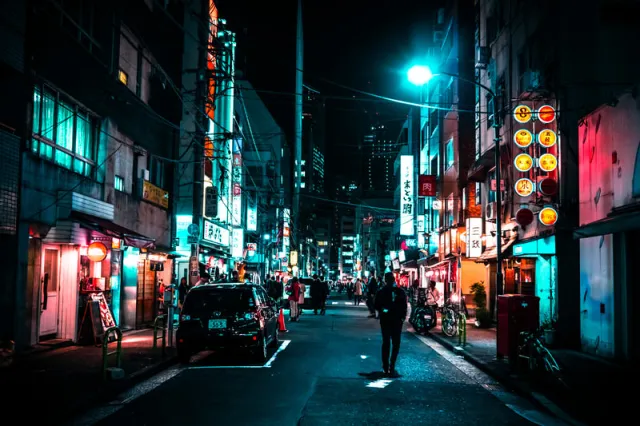
Most places have a set storage period, usually in the range of three to six months. If your bottle is still left unfinished after that, then it’s “goodbye, bottle” and a sad day for you. Of course, if you happen to be a valued customer then you might be able to request an extension. Even though you’ve already paid for the bottle, it doesn’t mean you can drink for free. Many drinking establishments in Japan still charge service fees, seat charges, or extra fees for ice and mixers. Once a bottle is stored, you’re committed to it until the end. No switching bottles halfway, so make sure it’s something you can enjoy for a long time.
Mistakes can happen, and you might end up with someone else’s bottle. If that happens, don’t touch it! That’s technically theft, so double-check the bottle in front of you is yours before you sip. Also, you can’t take the bottle home. Selling alcohol for consumption off-premises requires a proper license, so all drinks must stay at the bar or izakaya. However, that’s not necessarily a bad thing, as it’s the atmosphere and communal feelings within the store that keep the bottle keep culture alive.
▼ Drinking alcohol should always be done in good company
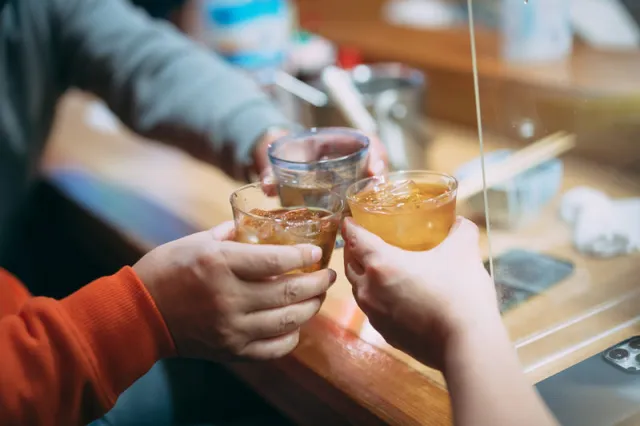
Keep these points in mind and you’re all set to go start enjoying Japan’s bottle keep culture, but why should you try it out? There is a discount to consider, although surely drinking at home would be much cheaper. While that may be true, do you happen to have a bartender on hand in your kitchen to mix you the perfect drink? For most of us ordinary folk, the answer is “no”. Using bottle keep gives you access to all the mixers and ice they have in store for you to enjoy your drink just the way you like it.
Walking into a bar you’ve never been to before to try out the bottle keep system is not really recommended. Remember that you’re going to have to continue going to that bar several times in order to finish the bottle or risk wasting all that money you spent on it. Before you splurge on a fancy bottle, check out the atmosphere of the venue. Do you feel comfortable there? If you’re unsure, try an all-you-can-drink option first, or order something else from among the many offerings, and see if you get along with the staff and regulars.
Since not every store offers it or their storage might be full, you should always check if they offer the service before you go ahead and purchase an entire bottle. A good phrase to use would be “botoru kiipu wa dekimasu ka” (“Can I do bottle keep here?”). Once you’ve established they do in fact allow it, select and pay for your bottle of choice. After enjoying the amount you want for the night, tell a staff member “kono botoru o kiipu shitai desu” (“I’d like to keep this bottle”). The staff should then arrange to have your name or nickname affixed to the bottle, either directly or on a tag. The next time you swing by, all you need to do is say “kiipu shite iru botoru o onegai shimasu” (“I’d like to have my kept bottle, please”) and you’ll be all set to continue enjoying your prepurchased drink.
Perhaps the idea of walking into an unfamiliar store is a little daunting? Maybe you like a wider range of food to go along with your drink than what’s usually served in bars? Or it’s possible that your late-night drinking days are long behind you and you like to take the family out for an evening meal now and again? There is, in fact, a surprising option for you. The Chinese family restaurant chain Bamiyan, as well as its Japanese-food sister chain Yumean, both have a bottle keep option on their menu, and it’s well worth the price.
▼ Bamiyan’s store sign

There are only two bottle-keep options at Bamiyan: Iichiko (a popular barley shochu) and Kuro Kirishima (a well-known sweet potato shochu). However, it’s what else you get that’s great. First, you get to keep your bottle for a whole six months, so there’s no rush to finish it. You get unlimited free ice. There’s even a discount on the drink bar, which has over 20 choices and a huge selection of teas: the regular price of 274 yen drops down to just 175 yen, and that’s for every visit until you finish your bottle.
▼ A small selection of what the drink bar has to offer

While you’re enjoying experimenting with the mixers, don’t forget where you are. You’re in a restaurant! With a variety of affordable appetizers, you’re bound to find something to pair with your drink, be it the dumplings, the Chinese-style marinated tuna, or the ramen noodles.
Breaking down the price, you get a bottle of sake for 1,649 yen, which has about 10 or so servings in it, making it around 165 yen for a glass. A small ramen (374 yen) and the discounted drink bar (175 yen) brings the total for one visit to a mere 714 yen (US$ 4.62). That’s if you’re limiting yourself to just one glass of alcohol, of course.
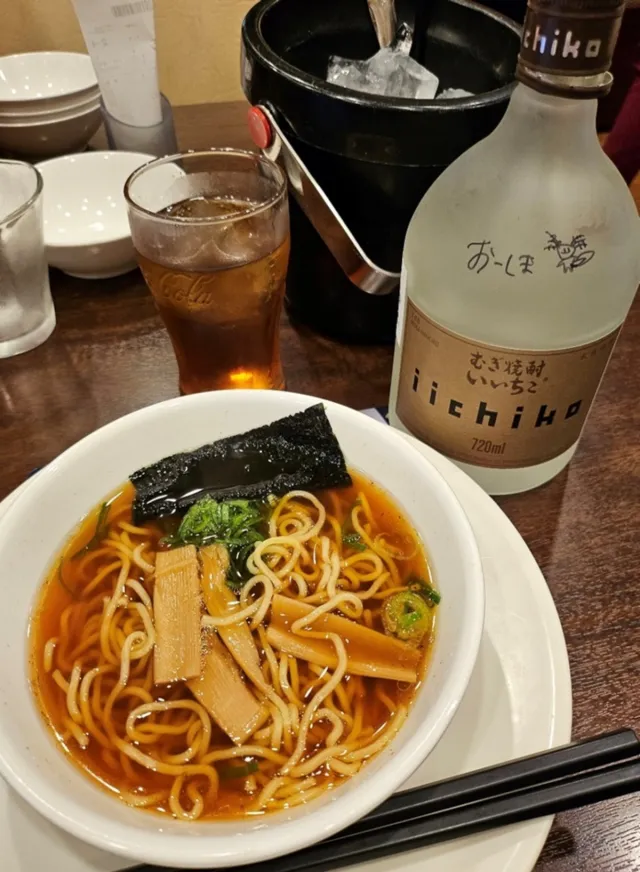
Despite having only two options available, the entry point for the bottle-keep system at Bamiyan is ridiculously low. You can enjoy comforting food at a reasonable price, with the additional knowledge that you have a little special something being kept for you if you just so happen to fancy it. Oh, and don’t forget to write your name on it!
▼ Our Japanese-language reporter Asami Oshima marks her bottle with her name and an image of her childhood pet axolotl named Woopata.
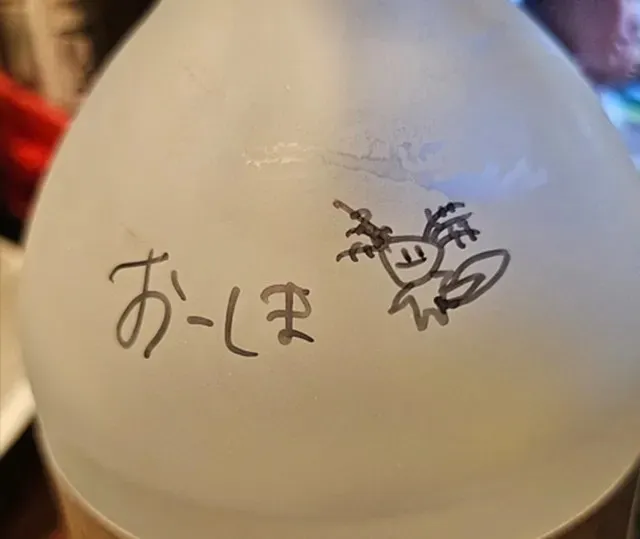
Whether you’re in your favorite bar sitting among familiar faces or a family restaurant surrounded by family, bottle keep gives you a little taste of exclusivity and, when you’re wanting to relax, you will know that there’s always a drink waiting just for you.
Top image: Pakutaso
Insert images: Pakutaso (1, 2, 3)
Photos©SoraNews24
● Want to hear about SoraNews24’s latest articles as soon as they’re published? Follow us on Facebook and Twitter!
Credit:

0 comments: